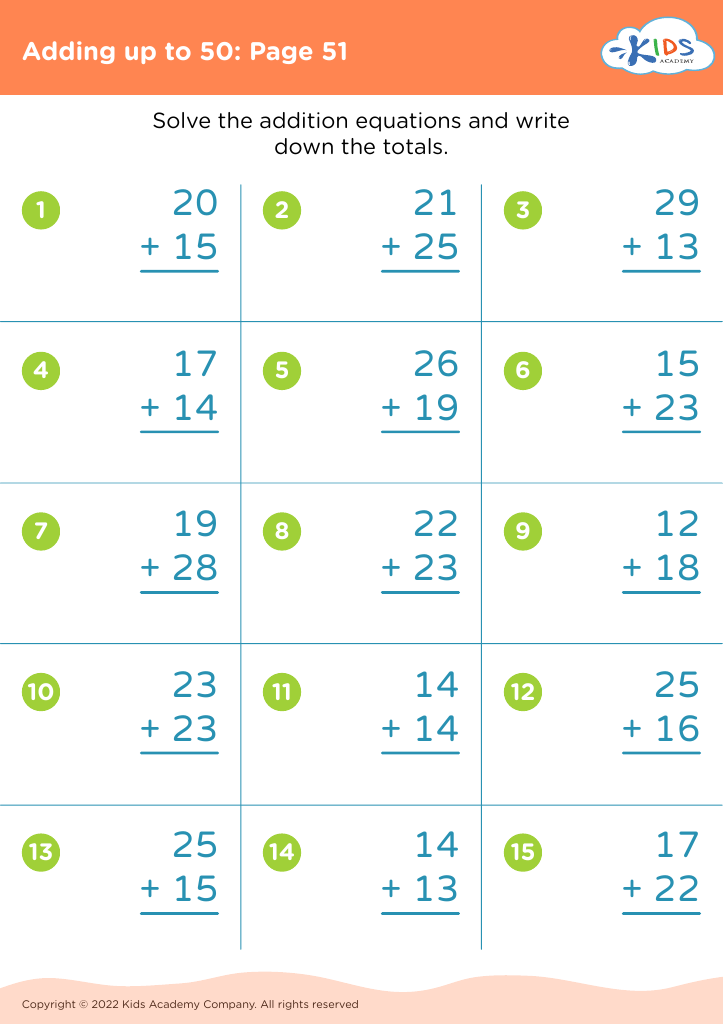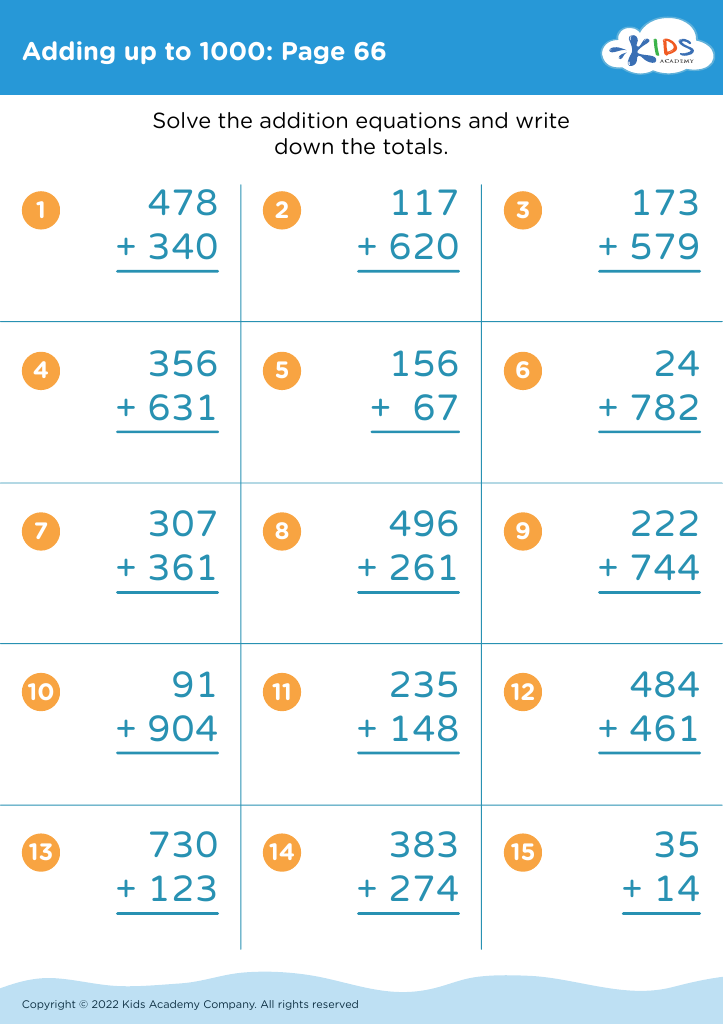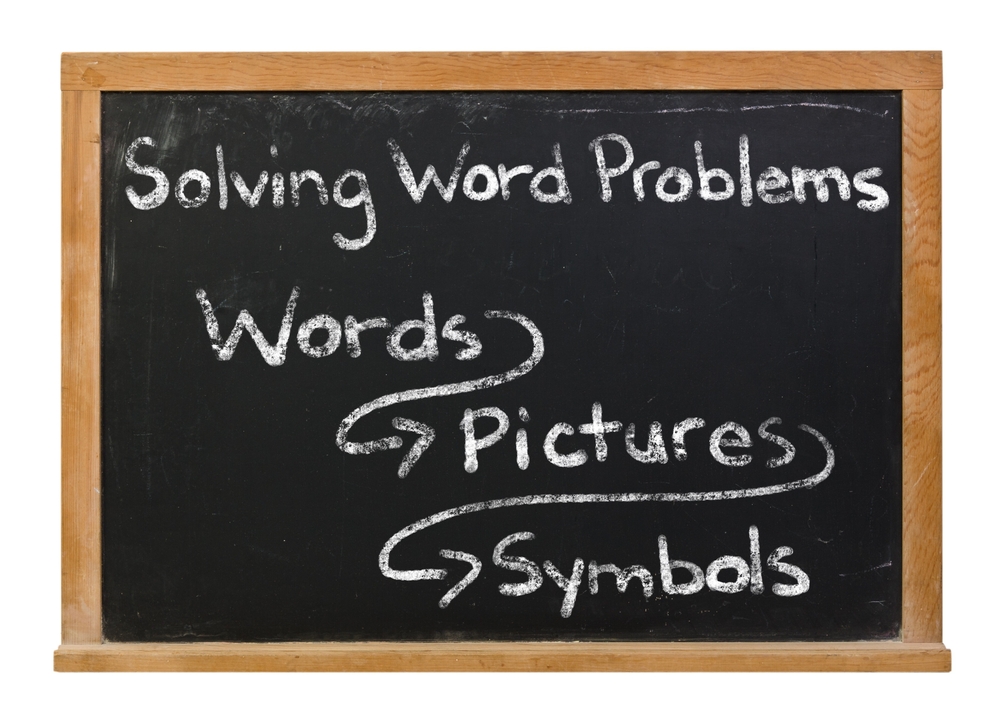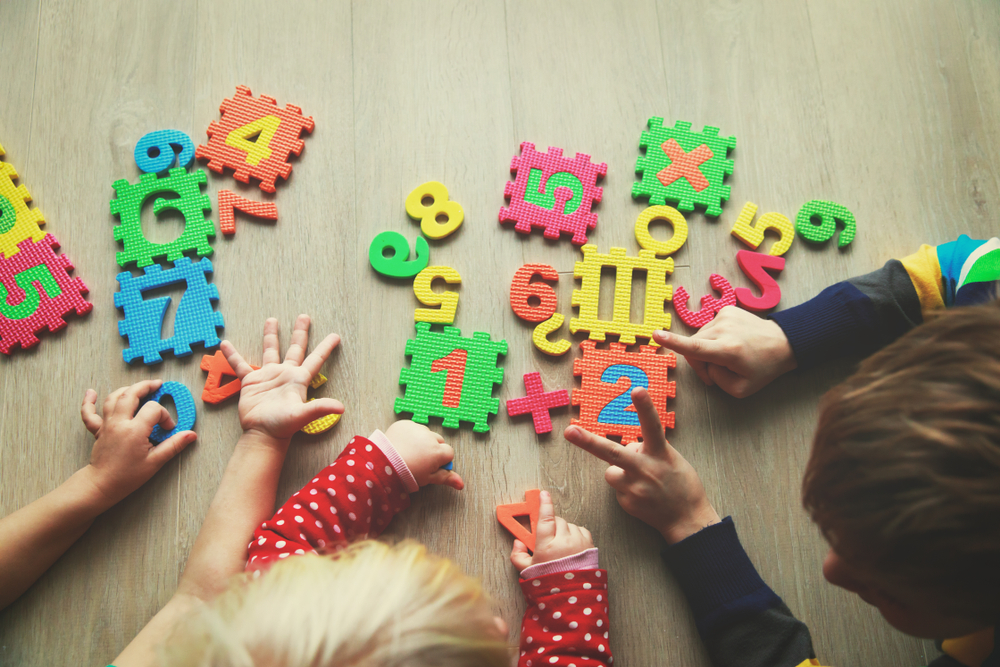Understanding place value Addition & Subtraction Worksheets for Ages 3-8
5 filtered results
-
From - To
Unlock your child's potential with our "Understanding Place Value Addition & Subtraction Worksheets" designed for ages 3-8. At Kids Academy, we provide engaging, easy-to-understand activities that make mastering place value fun and effective. Our expertly crafted worksheets help young learners build a strong mathematical foundation through interactive addition and subtraction exercises. Perfect for classroom or at-home use, each printable sheet equips students with the skills necessary to comprehend essential math concepts early on. Discover endless learning opportunities and support your child's educational journey with our high-quality, educational materials tailored to children's developmental stages.
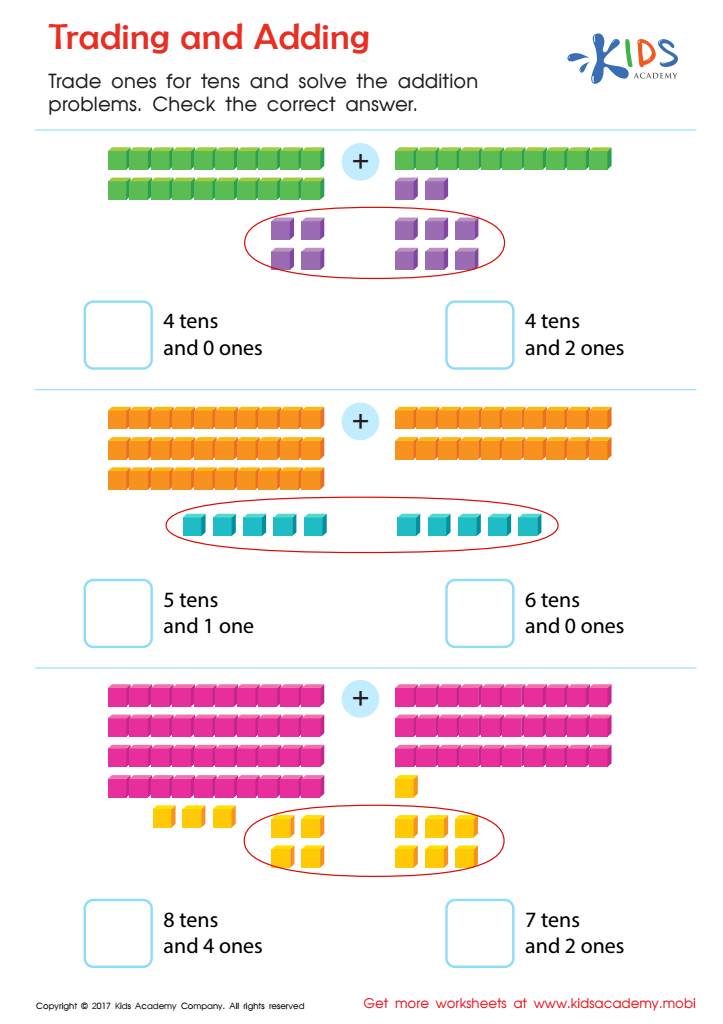

Trading and Adding Worksheet
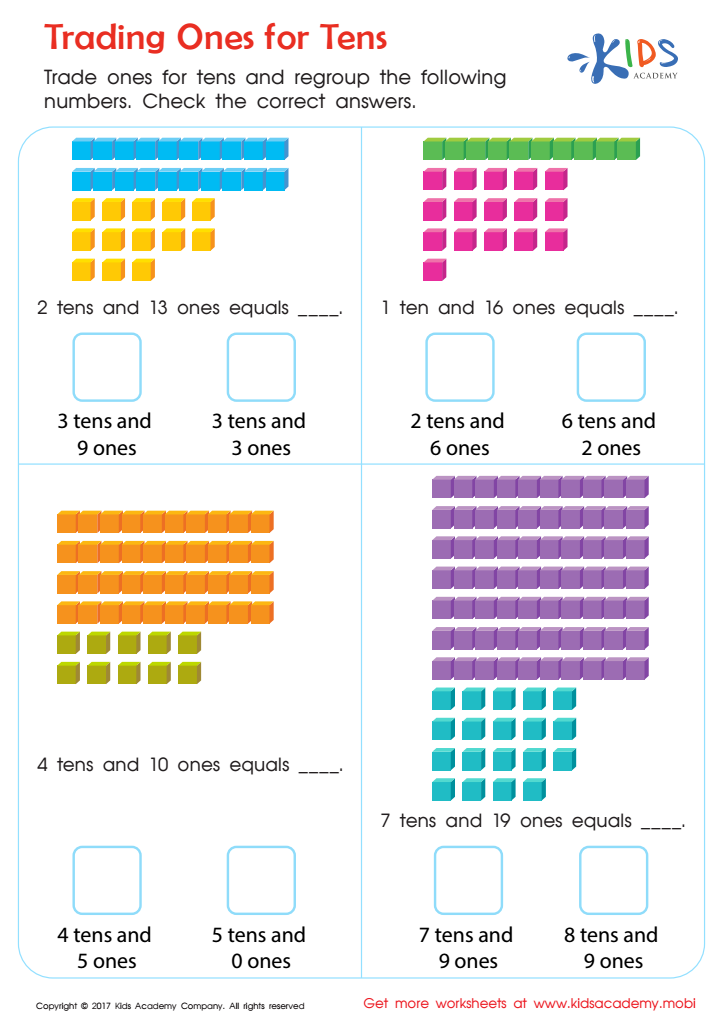

Trading Ones for Tens Worksheet
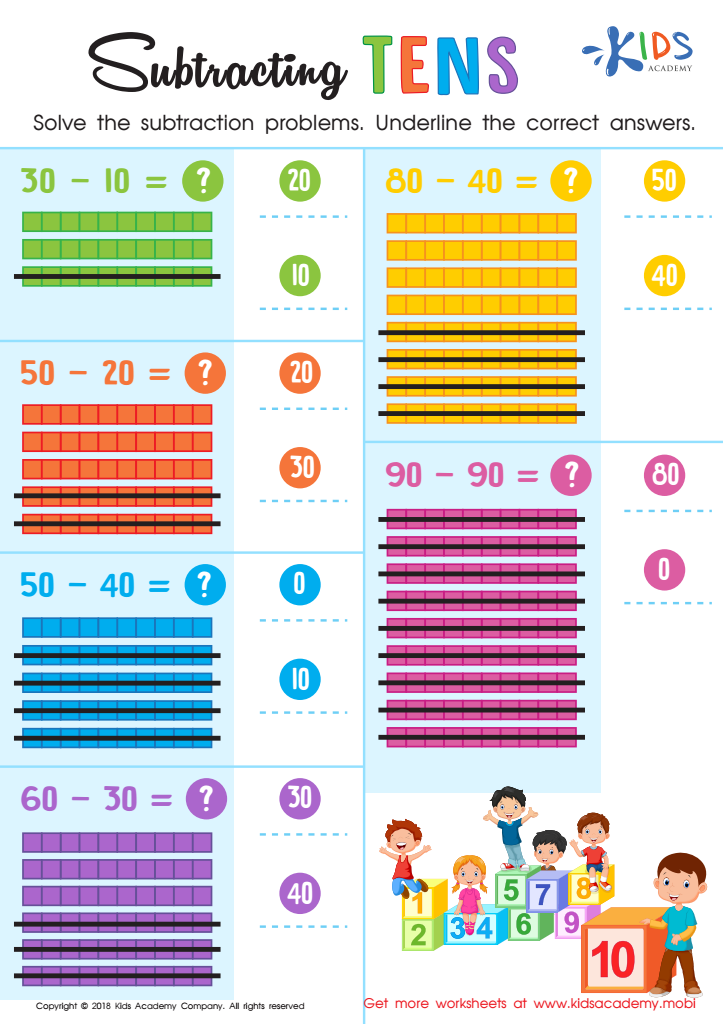

Subtracting Tens Worksheet
Understanding place value and basic addition and subtraction is foundational for young children aged 3-8 as it forms the building blocks for future mathematical learning and logical reasoning. Parents and teachers should prioritize this because it equips children with essential skills necessary for more advanced mathematical concepts, such as multiplication, division, fractions, and eventually algebra.
Place value helps children grasp the idea that the position of a digit in a number determines its value, which is crucial for performing arithmetic operations correctly. For instance, understanding that in the number 42, the '4' represents four tens while the '2' represents two units (ones) helps children comprehend the magnitude of numbers and how they can be broken down or combined.
Additionally, basic addition and subtraction concepts are practical life skills. These skills enable children to solve everyday problems, like assessing how many apples are in a basket or dividing toys fairly among friends. Early mastery of these fundamental arithmetic operations builds confidence and encourages a positive attitude toward learning mathematics, laying a strong educational foundation.
Moreover, early comprehension of these concepts helps identify any learning difficulties at an early stage, allowing for timely interventions. As a result, investing time and resources in nurturing an understanding of place value and basic arithmetic helps ensure that children develop into capable and confident problem solvers.
 Assign to My Students
Assign to My Students

